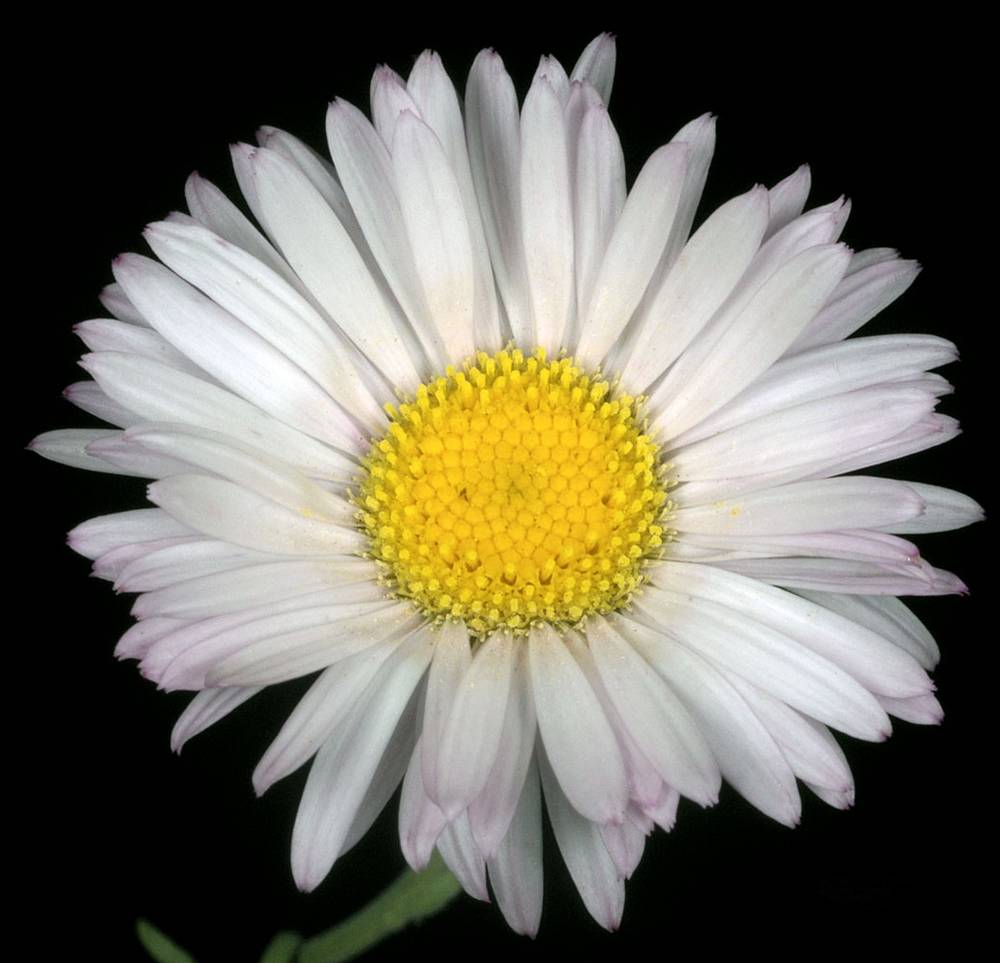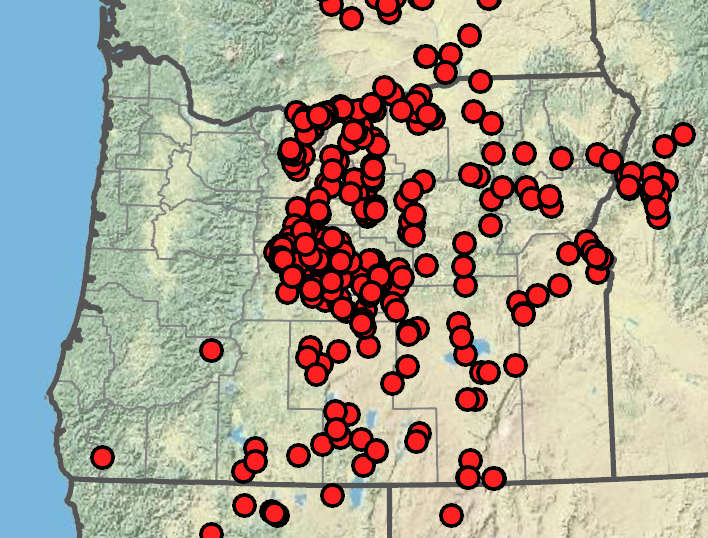Erigeron filifolius
threadleaf fleabane
erect, moderately to densely strigose, eglandular.
persistent, linear to filiform, 20–80 × 0.5–2 mm;
margins entire;
tips rounded to acute or acuminate;
surfaces moderately to densely strigose.
gradually reduced distally or not.
4–6 × 7–11 mm.
20–40, white to purple;
rays 3–9 × 0.7–1.5 mm.
corollas 2–4 mm.
in 2–4 series;
surfaces moderately to densely strigose or villous, sometimes nearly glabrous distally, densely minutely glandular.
1–3 mm, sparsely strigose;
inner pappi of numerous barbellate bristles.
1–5 in corymb-like arrays, radiate.
=18.
Erigeron filifolius
Rocky areas, sagebrush, juniper and pine forests. Flowering Apr–Aug. 50–2200 m. BR, BW, Col, ECas, Lava, Owy. CA, ID, NV, WA; north to British Columbia, northeast to MT, southeast to UT. Native.
If subspecific taxa were recognized, Oregon specimens would correspond to the typical variety.
James Riser, Stephen Meyers
- Local floras:
BC,
CA,
OR,
WA
- Local Web sites:
CalFlora,
CalPhotos,
Flora NW,
PNW Herbaria,
Turner Photog.
WildflowerSearch
iNaturalist (observations)
USDA Plants Database
- LBJ Wildflower Center
- SEINet
- Plants of the World Online
- Encyclopedia of Life
- Wikipedia
- Google Image Search



